Yes there are like so many holidays and official months, it can be hard to keep track. But one that makes a lot of sense to set a calendar alert for is National Car Care Month, which happens to be right now.
You know how we all remember to change the batteries in our smoke alarms at the same time we change the clocks twice a year? Well, April is the perfect month each year to make sure your car is in safe running order before the summer travel season begins.
That’s why we’re really glad to have a chance to talk about car safety on behalf of our partner SYLVANIA Automotive. Because for years, SYLVANIA equals amazing lighting, and amazing lighting is one of the most important aspects of automotive safety.
So we’ve put together 5 really easy but important things you should do by yourself to help ensure your car is safe to drive.
Once you’re all buckled in, of course.
1. Check and change your windshield wiper blades
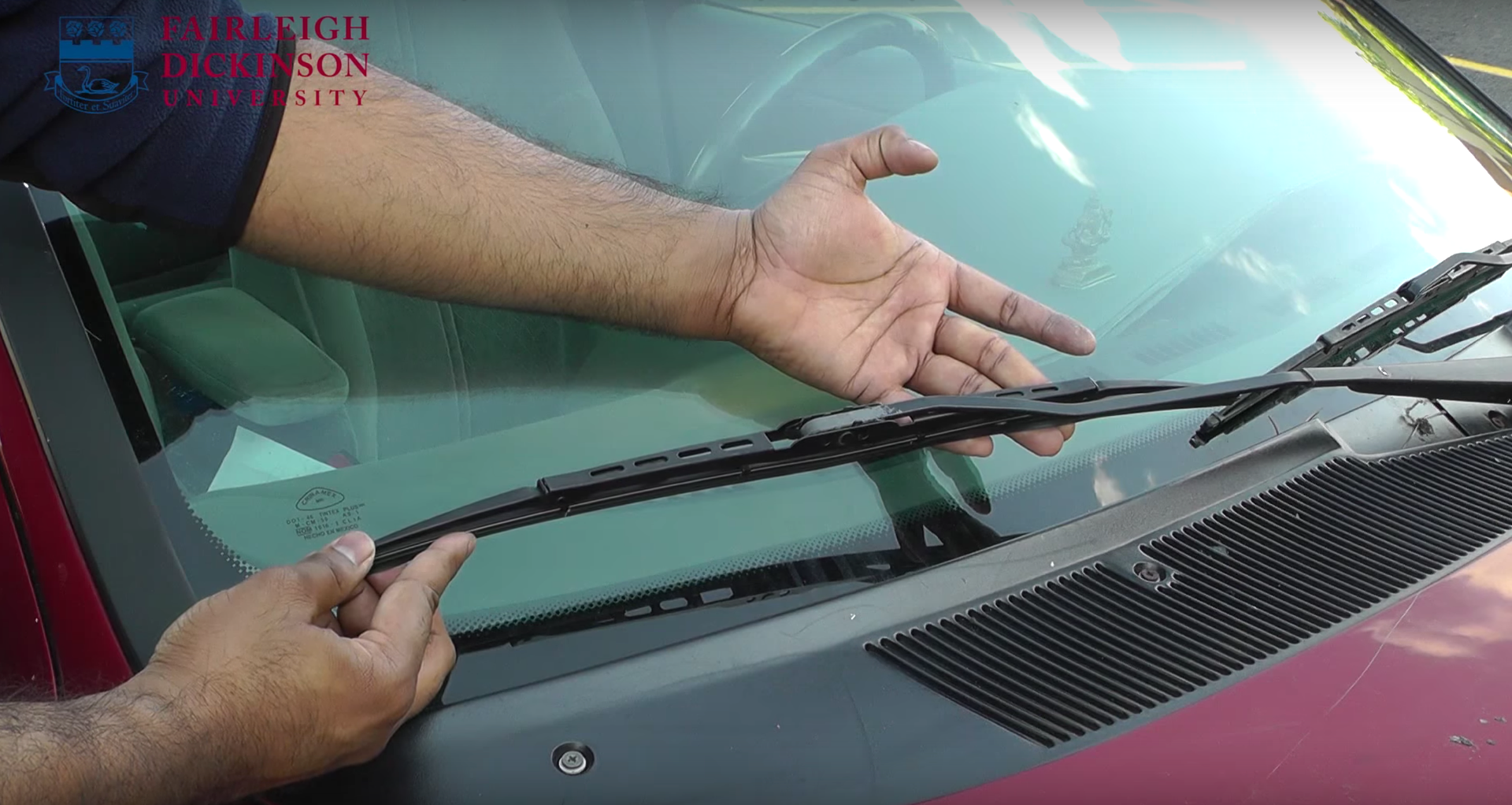
Wiper blades are basically just rubber. That means that as the blades start to wear, they’ll crack, bend, or become really rigid, rendering them ineffective. And we don’t want to get to that point, considering rainy or snowy conditions are when we most want our cars in the safest working order.
The good thing is, wiper blades are pretty affordable — about $5 on the low end, $25 on the high end. That’s also good because you need to change them about every six to twelve months.
As soon as you realize your windshield is staying streaky in the rain; if you find you’re speeding up your wiper blade speed even in a light drizzle; or even if you’re noticing spots on your windshield that don’t seem to be getting any wiper blade love at all, it’s past due to swap in some new rubber refills into those blade arms.
(In other words, LA drivers? You’re probably good a little longer than our friends in Seattle.)
How to do it: Instructibles has really clear instructions for how to change your windshield wiper blades. But if you’re more of a visual learner check out this YouTube video on how to change your wiper blades from Farleigh Dickinson University’s own auto school (above), which is incredibly helpful.
2. Check and change your headlights
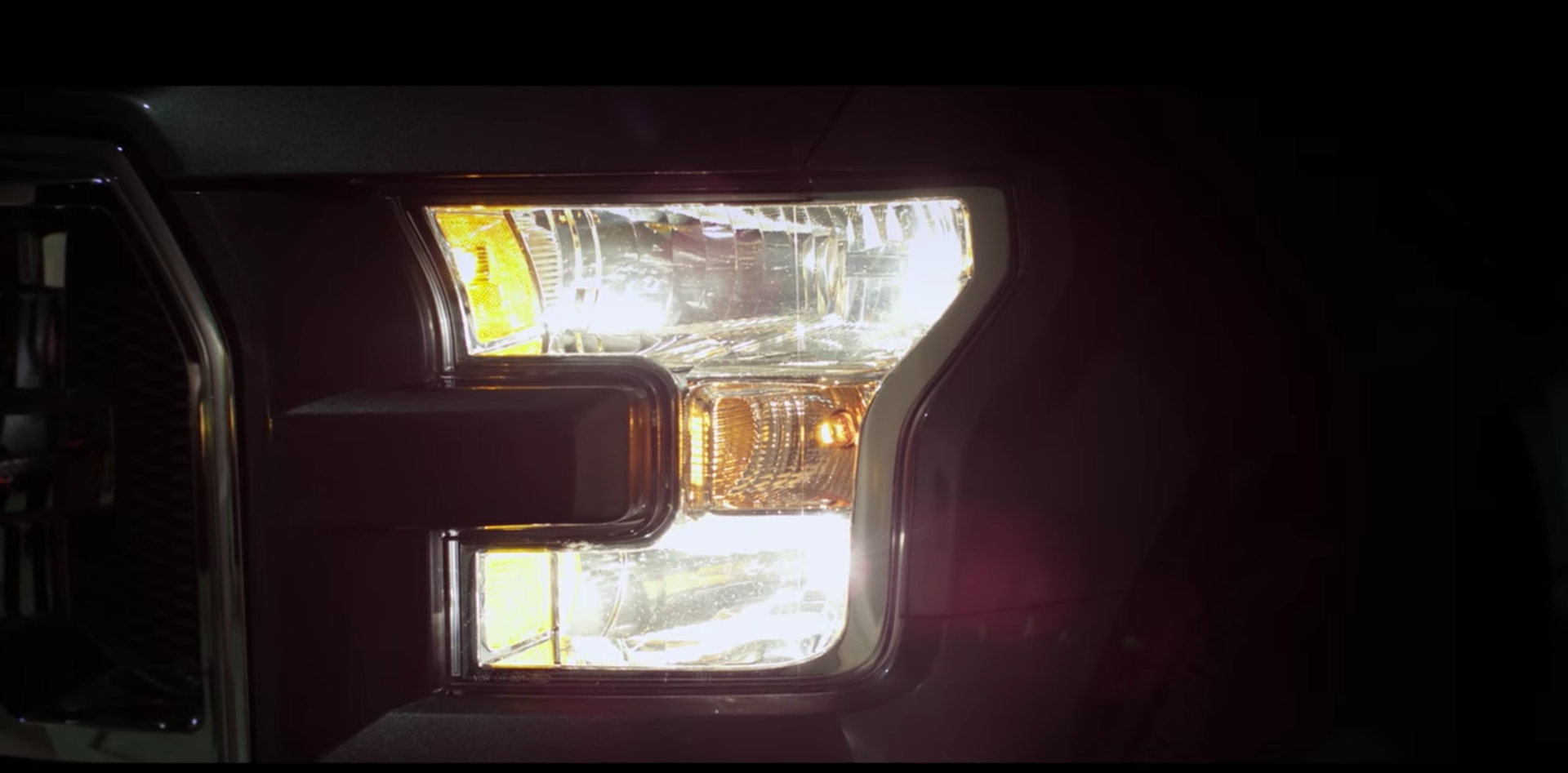
The AAA Foundation For Traffic Safety revealed that because headlight bulbs dim over time and with use, a full 9 out of 10 cars on the road today have yellowed headlights in need of replacement.
That’s a major deal, considering defective headlights are one of the top five major causes of night traffic fatalities. Yikes.
Headlights are essentially our first line of defense when it comes to seeing obstacles on the road and being able to react in time to avoid them so there’s no way you want to put this off for even a second.
Fortunately, you can absolutely change your headlight bulbs yourself; DIY is so much easier than most people realize.
And it’s important!
Once you’ve got those new bulbs in, you’ll be like wow, things are so much brighter and clearer! Kind of like how you feel when you clean your computer screen for the first time in ages. (Ahem.)
How to do it: Visit the SYLVANIA Automotive site to find out the correct bulbs for your vehicle’s make and model. (The drop-down menus make it easy.) Then check out their headlight installation video in which a very nice lady will take you through the process in 3 minutes flat.
*******
About our sponsor
With nearly half of all car accidents occurring at night, knowing that every foot counts and every second matters when it comes to avoiding obstacles, your headlights are one place you don’t want to skimp. Headlights like SYLVANIA SilverStar ULTRA are designed with safety in mind, to be the farthest downroad headlights from SYLVANIA and to improve contrast and clarity of objects on the road.
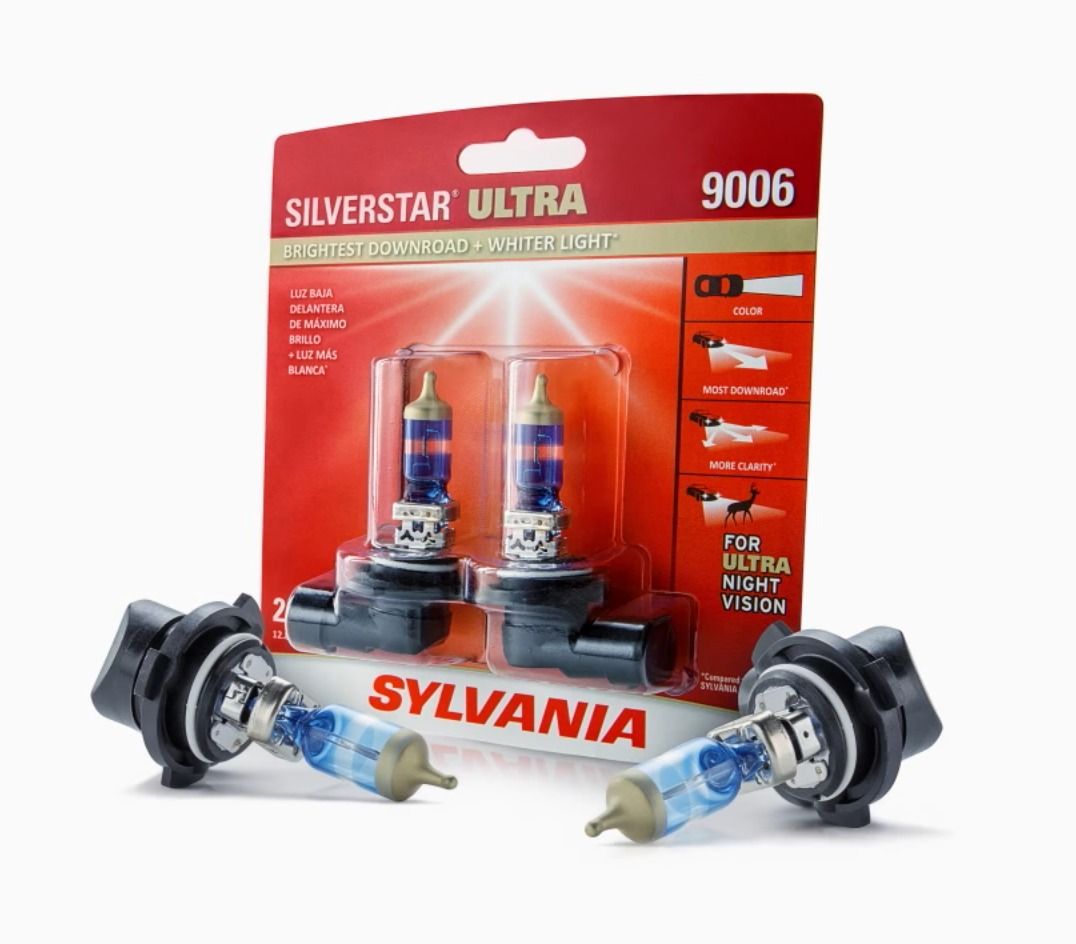
Just this one simple upgrade can make you a whole lot safer. Especially if you change your bulbs frequently, before they start to dim or yellow.
In other words, if you can’t remember the last time you changed out your headlights, it’s probably time.
*******
3. Check your tire pressure
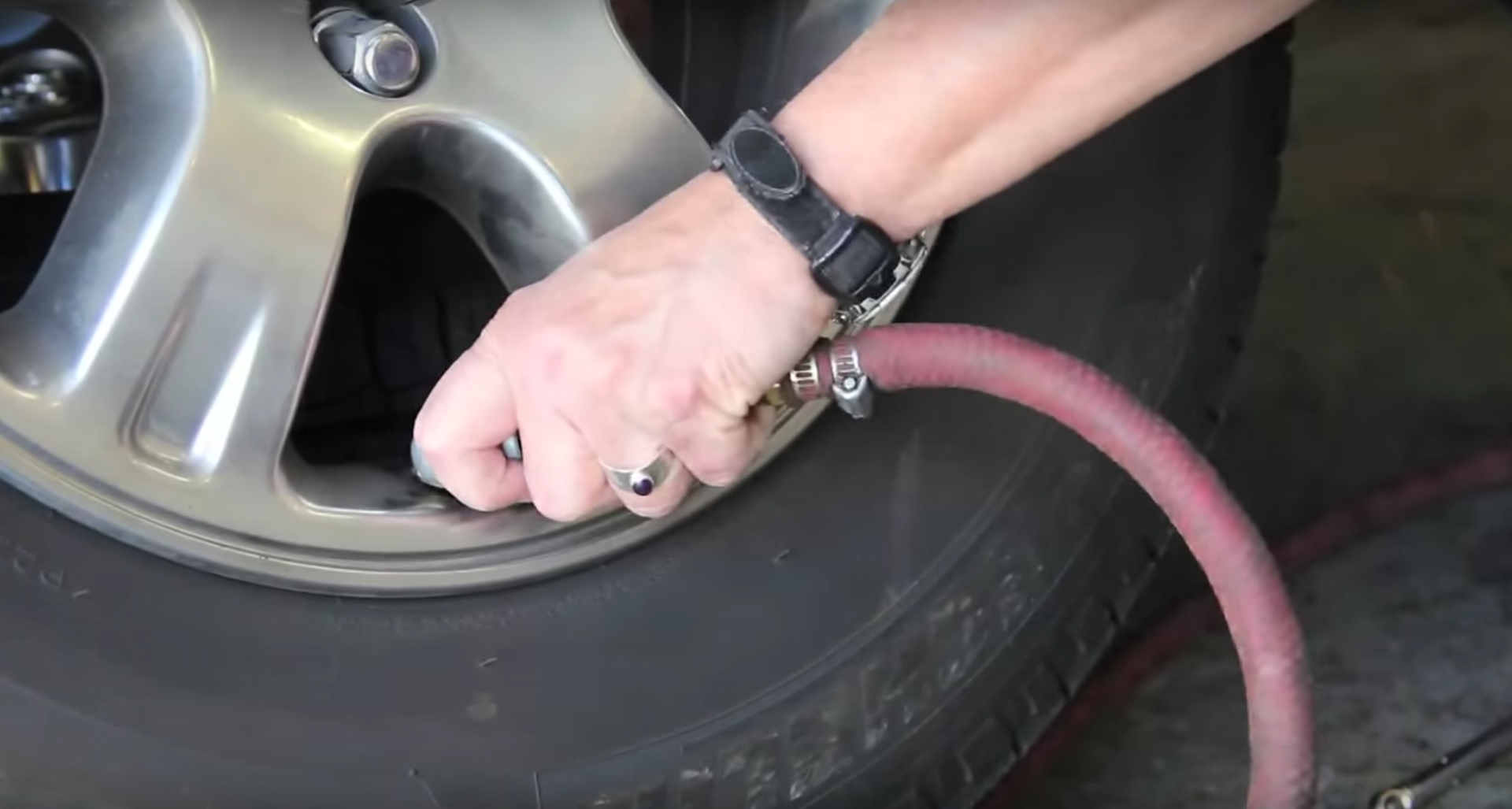
You want to check the air pressure in your tires about once a month, and certainly before any road trips.
Be sure to do it when the tires are cold, so at home in your driveway is good; not when you’ve just pulled off the highway, unless it’s an emergency.
Tire gages are super inexpensive and you can just stash one in the glove compartment. It’s a snap to check each tire’s PSI (our kids love helping) then compare the reading with your auto manufacturer’s suggested PSI level. Then, just top off your tires as needed and roll.
How to do it: Every major tire company has handy instructions on their website, so check yours for info. Or watch this how-to YouTube video from GeoBeats that describes how to check your tire PSI and how to be sure it’s at the levels you need.
4. Check your tire treads…with a penny
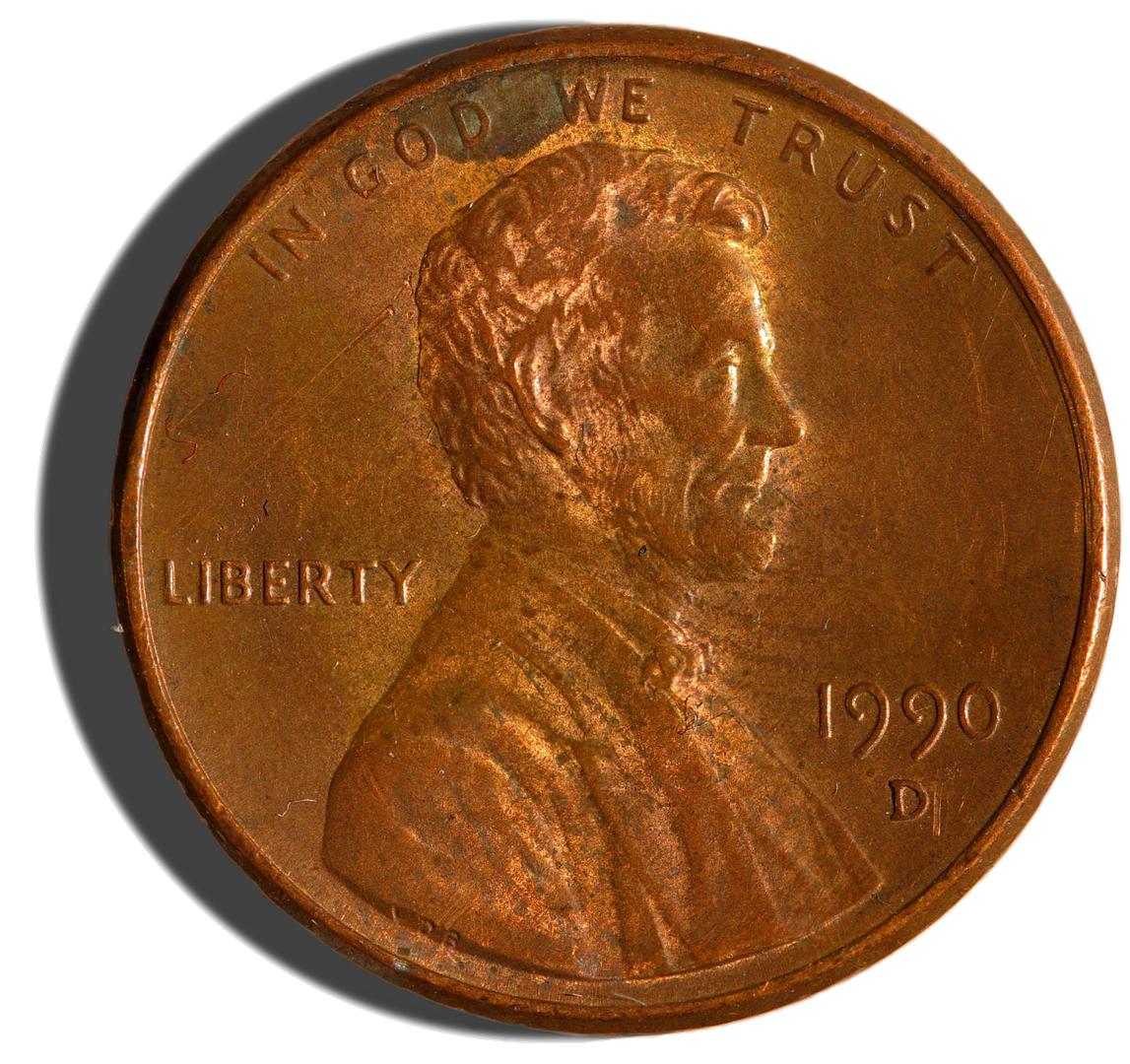
According to the NHTSA, there are 11,000 tire-related accidents each year. But you certainly don’t have to be among those stats if you make sure your tires haven’t overstayed their welcome.
To find out if your tire treads are wearing too low, here’s a simple trick you can do yourself, instead of paying an expert to do the exact same thing:
Grab a penny, and place Lincoln’s head down (sorry, Abe) into a few of the tread grooves. If the top of Lincoln’s head isn’t visible, that means the grooves are still deep enough — about 2/32 of an inch — and you’re in good shape.
However if you can see the top of Lincoln’s head, time for new tires.
As for replacing your tires, definitely leave that to the pros. But at least if you don’t need new ones just yet, you won’t have wasted time (and possible labor fees) having the treads checked by someone else who may even have a profit motive for replacing them before it’s necessary.
How to do it: Visit the tire section on safercar.gov, for tons of info on tire safety, including penny test instructions.
5. Check manufacturer warnings or recalls

Finally, one of the easiest ways to keep your car in safe condition is to simply check your manufacturer’s website from time to time.
By law, they must alert you about any maintenance recalls or warnings about potential safety defects within 60 days by first class mail — but to be perfectly honest, we’ve mistaken some of those notices for junk mail in the past.
So, be proactive and do your own checking for recalls and alerts. Not just of your car as a whole, but your tires, and any other equipment or third-party parts.
That said, don’t panic! A recall doesn’t necessarily mean imminent safety issues. It may be a small plastic piece you never even thought about that needs replacing, or a small change that can help a manufacturer comply with emission standards.
How to do it: Visit your auto manufacturer’s own website and look for a section called something like “maintenance and recalls.” There are generally instructions for entering your vehicle make, model and year, and you’ll find out in a snap if there’s anything you need to take care of, or a new piece you need to order.
Alternatively, visit the National Highway Traffic Safety Association website at safercar.gov, which makes it easy to search by model (as shown above) and keeps consumers up to date with recalls, investigations, complaints, and potential defects of all kinds.
Because hey, we want you to stay safe out there!
Thanks so much to our sponsor, SYLVANIA Automotive for making it easier for us to keep our families safe on the road. Check out their site for tons of helpful info and videos, and follow them on Facebook for more auto safety info.




